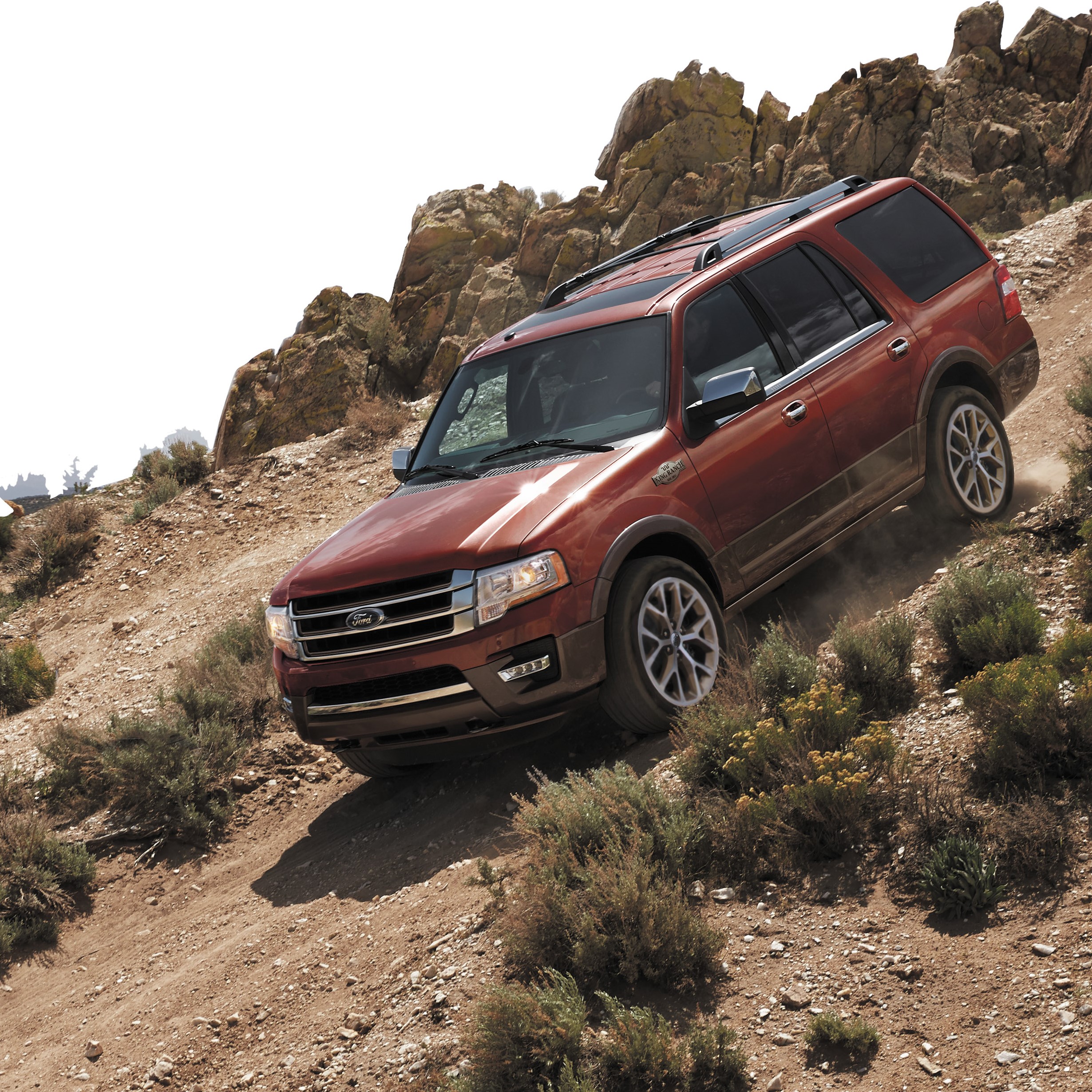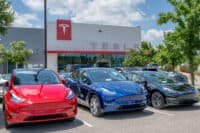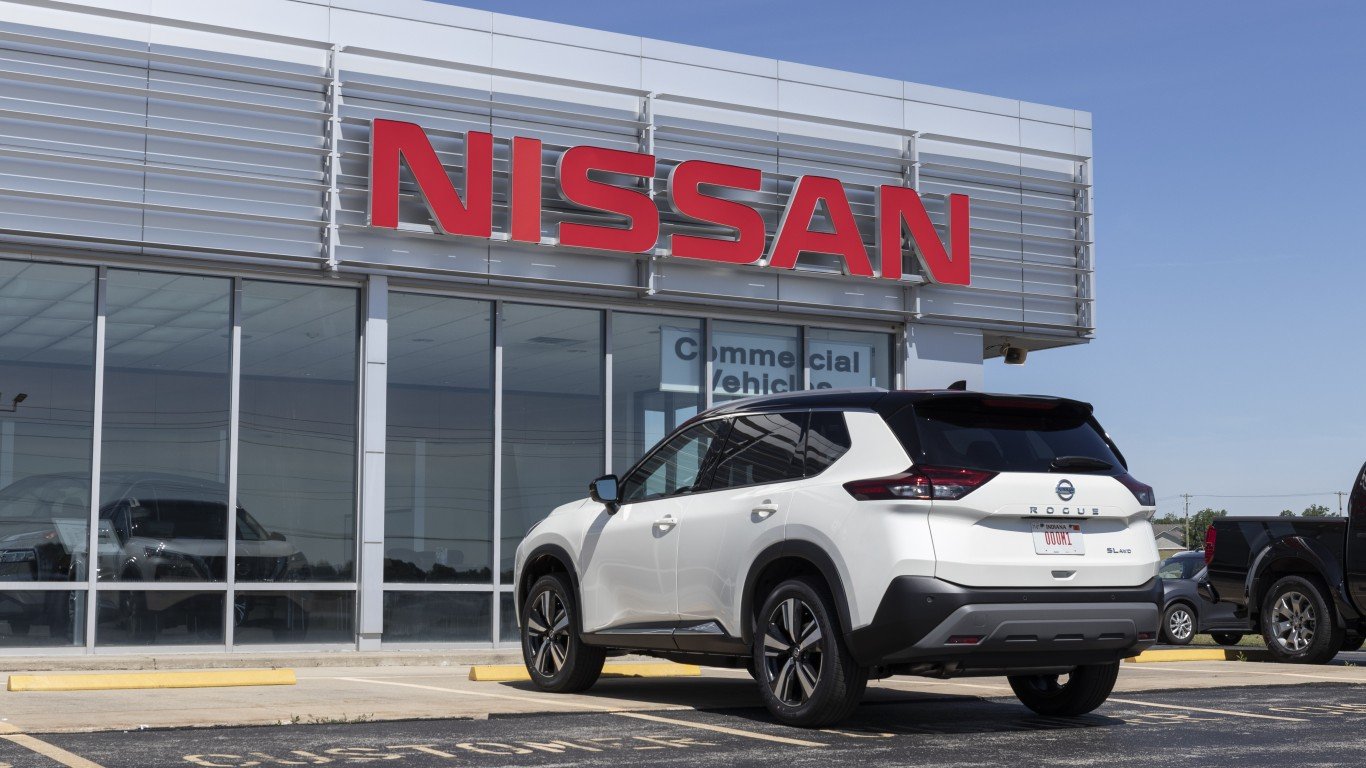

Among the many considerations new-car buyers take into account is how much they will have to pay to keep their new vehicle on the road. Included in that calculation ought to be the cost of insuring the new ride. And if that new car is a Ferrari, you could be looking at annual insurance premiums north of $10,000 — and maybe way north depending on where you live, your driving record and what model Ferrari you want to insure.
For the rest of us, insurance rates for 20 of the most popular 2015 cars, sport utility vehicles (SUVs) and light trucks is significantly cheaper, according to a report from insuranceQuotes.com. The range as a percentage of the manufacturer’s suggested retail price (MSRP) is 3.8% to 7.7% for the 20 popular vehicles. What’s interesting is how the cost ratio breaks down.
The least expensive vehicle to insure, according to insuranceQuotes.com, is an Explorer from Ford Motor Co. (NYSE: F). Of all 20 vehicles on the list, this one has the highest MSRP ($34,345) and the lowest cost ratio for insurance at 3.79%. The survey reports an average annual insurance cost of $1,301 for an Explorer, more than $100 a year less than a Prius from Toyota Motor Corp. (NYSE: TM).
Other vehicles among the five least expensive to insure are the Chevy Silverado and GMC Sierra pickups from General Motors Co. (NYSE: GM), the Chevy Equinox SUV and the Ram pickup from Fiat Chrysler Automobiles N.V. (NYSE: FCAU).
The most expensive vehicle to insure is another Ford, the compact Focus, which carries an MSRP of $18,045 and an average annual insurance cost of $1,391, yielding a ratio of 7.7%. The other four most expensive vehicles to insure are the Toyota Corolla, the Hyundai Elantra, the Civic from Honda Motor Co. Ltd. (NYSE: HMC) and the Chevy Cruze.
ALSO READ: America’s Most (and Least) Expensive Cars
The obvious reason for the difference is the size of vehicle. In a crash the heavier SUV or pickup truck is much less likely to sustain significant damage and is much more likely better to protect the vehicle’s occupants. When insurance rates are determined, the numbers favor bigger, heavier vehicles.
Another reason for the difference in insurance costs is the profile of the vehicle’s drivers. Older, more experienced drivers are more likely to be driving an SUV or pickup truck, while younger drivers are more likely to be driving less expensive, and smaller, sedans. This is one time when older is generally better, at least from the insurance company’s point of view.
Here’s the full list of 20 vehicles, from top to bottom based on ratio of the average annual insurance cost to the MSRP for a 2015 model year vehicle. The chart comes from insuranceQuotes.com.

ALSO READ: 10 Brands That Will Disappear in 2016
Sponsored: Find a Qualified Financial Advisor
Finding a qualified financial advisor doesn’t have to be hard. SmartAsset’s free tool matches you with up to 3 fiduciary financial advisors in your area in 5 minutes. Each advisor has been vetted by SmartAsset and is held to a fiduciary standard to act in your best interests. If you’re ready to be matched with local advisors that can help you achieve your financial goals, get started now.
Thank you for reading! Have some feedback for us?
Contact the 24/7 Wall St. editorial team.



